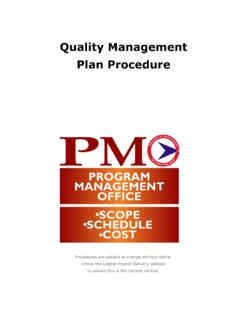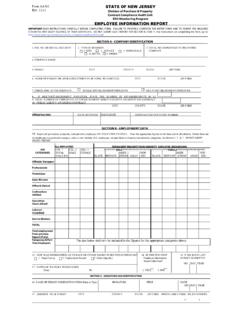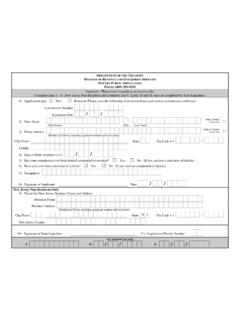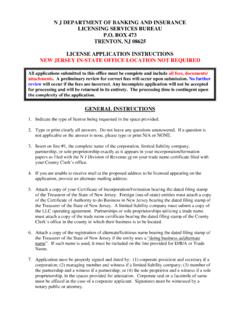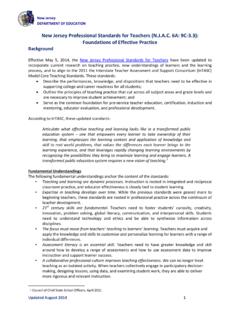Transcription of How is POLST Different from an Advance Directive?
1 How is POLST Different from an Advance Directive? POLST complements an Advance directive and does not totally replace that document. You may still need an Advance directive to appoint a legal healthcare administrator. It is recommended that all adults have an Advance directive regardless of their health status. If there is a confl ict between the documents, have a conversation with your practitioner as soon as possible to determine the most current preferences. The promise of POLST is that it empow-ers you to make the important decisions about your end-of-life care.
2 Have the POLST conversation with your medical should have a POLST form if you are: Seriously ill with a life-limiting ad-vanced illness Frail and weak and have trouble per-forming routine daily activities Afraid of losing the capacity to make your own healthcare decisions in the near future Living in a nursing home or Your Wishes Known:Choices to Discuss with Your Healthcare Professional There are two very important parts of the POLST form for you to describe your goals and wishes at the end of life: your goals of care and the medical interventions that you do and do not Promise of POLST :Taking Charge of Your Healthcare Treatment at the End of LifeTalking about your wishes during a serious, life-al-tering illness can be diffi cult, emotional and, and for some of us, is a conversation we would rather avoid.
3 But it s a conversation you must have as an import-ant and necessary part of good medical care. You have the right to participate fully in all your healthcare decisions and that s even more important near the end of best way to make your preferences known is by talking with your healthcare provider and fi lling out the Practi-tioner Orders for Life-Sustaining Treatment form , or POLST . POLST is a medical order form that empowers individuals by carefully detailing their personal wishes regarding end-of-life can help you make meaningful personal choices regarding your care and ensure that every member of the healthcare teams understands and respects those choices.
4 Individuals fi ll out the POLST form together with their physician or Advance practice nurse. It s signed by all of you and then becomes a permanent part of your medical record. Your POLST form will trav-el with you and must be honored in all his/her healthcare settings. And you can modify your POLST form at any time. Goals of CareThis section details how you want to live your life in the time you have left. What is most im-portant to you as you deal with a life-limiting illness? Do you have personal goals or family milestones you would like to reach?
5 How much do you want to know about your illness? How much does your family know about your priori-ties and wishes? These are all issues you should consider. Your POLST form will allow you to make known any personal, cultural or spiritual practices related to your care. Medical InterventionsThe form also will allow you to work with your medical professional to clearly defi ne the types of medical interventions you want or don t want. For example, you may specify that you want comfort measures only, which is medical treatment intended to eliminate pain and suf-fering.
6 You may specify an array of other treat-ment options such as intravenous fl uids or an-tibiotics. Or you may state your wishes for full treatment, including all options available to sustain your life which could include a feeding tube and cardio pulmonary resuscitation.
